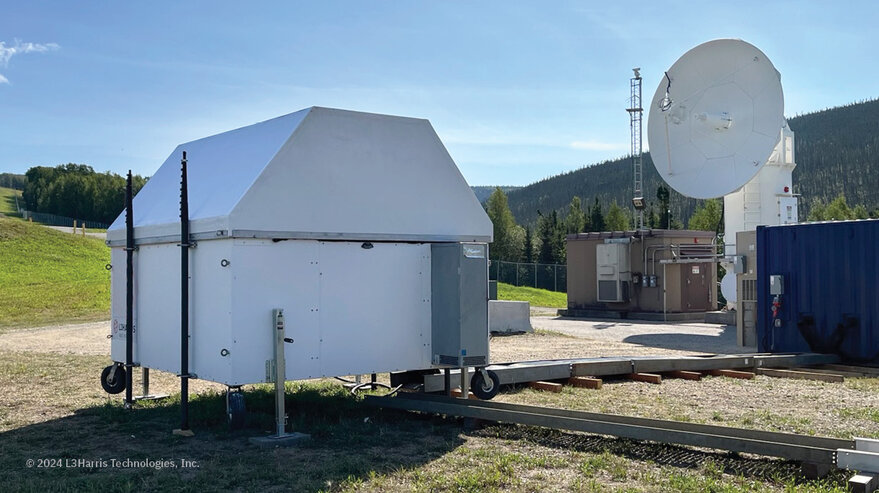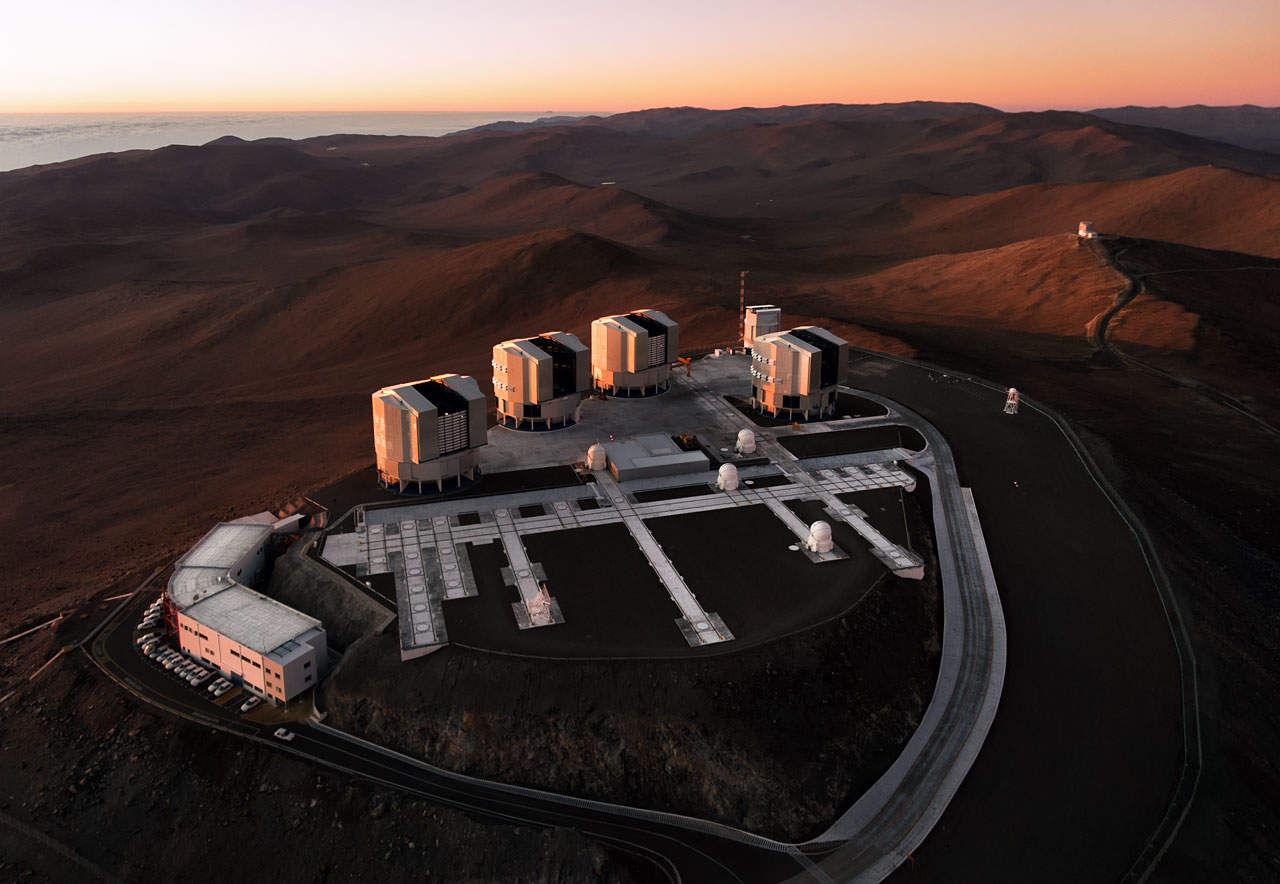L3Harris demonstrates digital phased array antenna system

SAN FRANCISCO – L3Harris Technologies announced the results Feb. 7 of a three-month demonstration of a compact Digital Beamforming Phased Array Antenna System (DPAAS).
During the demonstration in Fairbanks, Alaska, the DPAAS prototype handled an average of more than 300 satellite contacts per day, including up to eight simultaneous contacts.
The technology “supports the idea of scaling and supporting multiple missions with common infrastructure,†Shikha Ganguly, L3Harris general manager for weather, space and airborne systems, told SpaceNews in late January at the American Meteorological Society’s annual meeting in Baltimore.
Government and commercial customers are seeking innovative ground systems to communicate with large satellite constellations in low-Earth orbit and with constellations that include spacecraft in different orbital planes.
“As people go to either proliferated architectures or multilayer architectures, the digital phased array technology will come in handy in terms of being able to connect and communicate with the entire constellation, horizon to horizon, simultaneously,†Rob Mitrevski, L3Harris Space and Airborne Systems vice president and general manager, said at AMS.
Another benefit of the DPAAS technology is its ability to find and mitigate radio frequency interference, according to an L3Harris presentation at the AMS meeting.
NOAA Agreement
L3Harris conducted the DPAAS demonstration under a Cooperative Research and Development Agreement with the National Oceanic and Atmospheric Administration. NOAA’s Satellite and Information Service is looking for efficient and cost-effective ways to collect data from a growing number of satellites owned by U.S. government agencies, international partners and companies.
During the DPAAS demonstration, L3Harris achieved “automated, 24/7 system operation with near-zero downtime – even in the face of Alaska’s harsh weather conditions,†according to the news release. “In addition to managing more than 12,500 total locked satellite downlink contacts during the three-month period, the prototype also performed an uplink.†It connecting NOAA’s operations center with a satellites in NOAA’s Joint Polar Satellite System.
“We’re extremely impressed with the demonstration results,†L3Harris senior scientist Brian Haman, who led the project, said in a statement. “We’re excited to continue these types of partnerships as NOAA and other customers explore ways to integrate our multi-band, multi-mission phased array capabilities into their enterprise.â€
L3Harris conducted its first demonstration of an electronic phased array ground antenna in 2021, under a Defense Innovation Unit contract. The DIU program was focused on technology to help the U.S. Space Force improve satellite communications.
Related
Read the original article here




